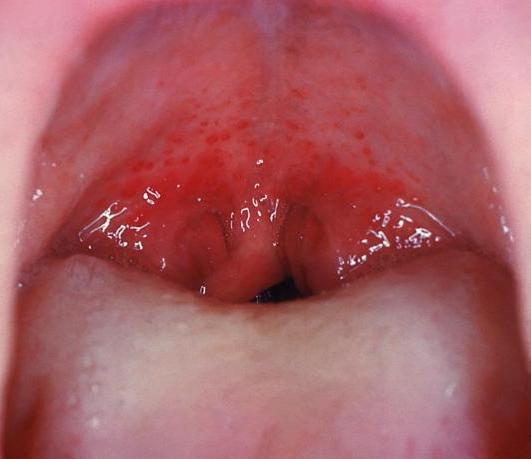The effort to identify new ways of fighting infections has taken a step forward now that scientists have identified a key protein involved in the host’s response to strep infections. This protein, called “NFAT,” appears to play a key role in the body’s inflammatory response to an infection, which when uncontrolled, can be as bad, if not worse, than the infection itself. Furthermore, this discovery was made using streptococcal bacteria, which are responsible for a wide range of human illnesses, ranging from sore throat and pink eye to meningitis and bacterial pneumonia. This discovery was published in the June 2015 issue of the Journal of Leukocyte Biology.
“The long-term goal is to develop new therapeutic strategies based on the molecular host response that not only help to improve survival of patients with severe infections but also could limit the use of antibiotics,” said Henrik Thorlacius, M.D., Ph.D., a researcher involved in the work from the Department of Surgery at Skane University Hospital at Lund University in Lund, Sweden.
Scientists exposed animals to M1 protein, which is a potent virulence factor derived from a subgroup of Streptococcus pyogenes that are associated with a high mortality upon infection. One group of animals was pretreated with a specific inhibitor of NFAT and the other group of animals received only vehicle. Animals treated with the NFAT inhibitor were protected against pathological inflammation and lung damage. These findings suggest that targeting NFAT activity might be a useful way to ameliorate lung injury in severe streptococcal infections.
“It might seem counterintuitive, but in some cases, suppressing the immune system during infection might actually be useful. In these studies of Streptococcus infection, where the response of the immune system causes a lot of aspects of the damaging symptoms, just such an approach might be warranted,” said John Wherry, Ph.D., Deputy Editor of the Journal of Leukocyte Biology. “Of course, one must be cautious with such an approach, but the ability to use combinations of treatments including antibiotics plus immune modulators such as these NFAT inhibitors might have considerable therapeutic value.”


